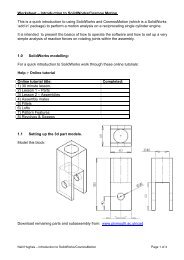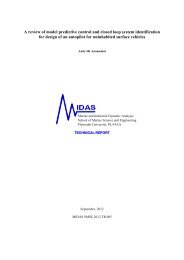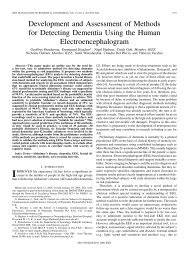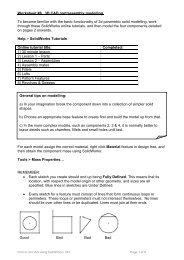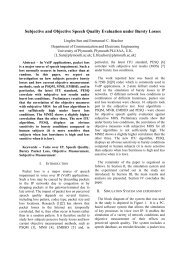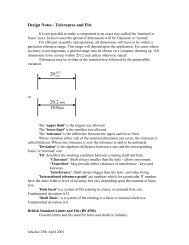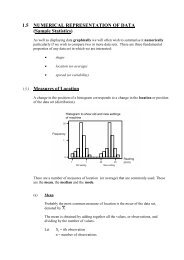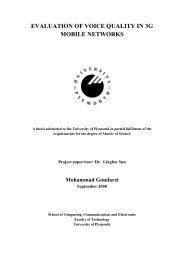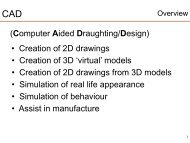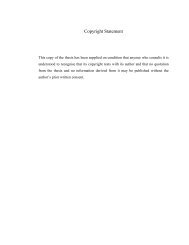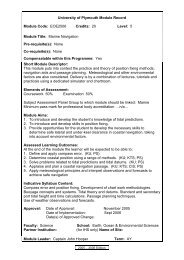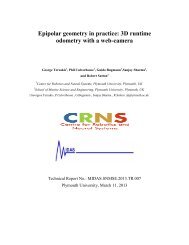Designing an Anaphora Resolution Algorithm for Route Instructions
Designing an Anaphora Resolution Algorithm for Route Instructions
Designing an Anaphora Resolution Algorithm for Route Instructions
You also want an ePaper? Increase the reach of your titles
YUMPU automatically turns print PDFs into web optimized ePapers that Google loves.
<strong>an</strong>aphor is the argument of ‘do’, it should be resolved to the main verb of the<br />
previous unit. Thus, Eckert & Strube’s rules <strong>for</strong> r<strong>an</strong>king the context need some<br />
refinement in order to resolve this kind of <strong>an</strong>aphora. Overall, it c<strong>an</strong>not be denied that<br />
the E&S-algorithm per<strong>for</strong>ms reasonably well .<br />
Table 1: Personal Pronouns: 17<br />
Correct Incorrect Total<br />
PRO (IND) 7 (50%) 7 (50%) 14 (82%)<br />
PRO (AO) 1 (100%) / 1 (6%)<br />
PRO (VAGUE) 1 (50%) 1 (50%) 2 (12%)<br />
PRO- TOTAL 9 (53%) 8 (47%) 17<br />
Table 2: Demonstrative Pronouns: 7<br />
Correct Incorrect Total<br />
DEM (IND) 2 (100%) / 2 (29%)<br />
DEM (AO) 2 (40%) 3 (60%) but nearly 5 (71%)<br />
correct<br />
DEM (VAGUE) / / /<br />
DEM – TOTAL 4 (57%) 3 (43%) 7<br />
The per<strong>for</strong>m<strong>an</strong>ce of the Eckert & Strube-algorithm on their test data was better. For<br />
their own data the algorithm correctly resolved 68% of all individual <strong>an</strong>aphors (in the<br />
IBL-data 56%) <strong>an</strong>d 70% of all discourse-deictic <strong>an</strong>aphors (in the IBL-data 50%).<br />
Since Byron’s PHORA-algorithm is designed <strong>an</strong>d implemented using the problemsolving<br />
dialogs from the TRAINS93 corpus, testing it on data from the IBL-corpus is<br />
not possible without generating the domain-specific characteristics of the IBL-corpus<br />
(discussed in this dissertation) into the PHORA-<strong>for</strong>mat. Due to time <strong>an</strong>d skill<br />
restrictions, I could not run the PHORA-algorithm either theoretically or in practice.<br />
But it needs to be said that the PHORA-algorithm correctly resolved 72% of all the<br />
<strong>an</strong>aphors (all personal <strong>an</strong>d demonstrative pronouns) in their test data which is a quite<br />
good per<strong>for</strong>m<strong>an</strong>ce.<br />
50



